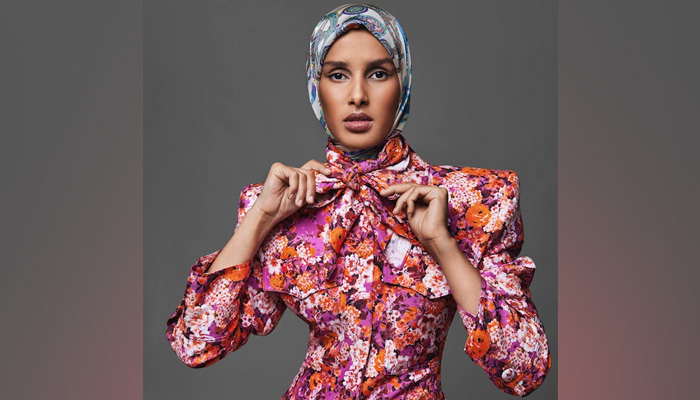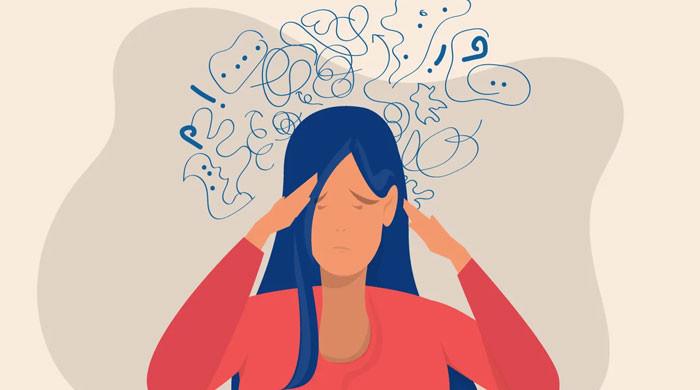Rawdah Mohamed's rise as Vogue's first hijab-wearing editor unearthed
Rawdah Mohamed grew up in a refugee camp and faced immense criticism for wearing the hijab
Rawdah Mohamed has paved the way for the Muslim community after she became the first hijab-wearing fashion editor at the newly launched Vogue Scandinavia.
Having grown up in an asylum camp as a refugee in Norway she was bullied for wearing the headscarf and faced racism for her Somali origin.
"We came to Norway and for two years we lived in an asylum camp, which was in a very small town. That was very hard because the people there were extremely racist. They didn’t want any refugees there because they thought we were dangerous and we were there to take their jobs," she told Arab News.
"When they teach you that there is something wrong with you, that you are the problem and that you have to change, I didn’t like that. I didn’t leave my home and come all the way here for them to tell me that I still don’t have my freedom,
"So I continued wearing the hijab just to make a statement."
Speaking about how her interest in fashion piqued, the 27-year-old shared that she got inspired by her experiences in the refugee camp where the women were very expressive with their hijab.
"In the refugee camp in Kenya, only the teenage girls would wear the hijab. I loved copying what they were wearing and how they spoke and walked. They would put accessories on their hijab and it was very stylish. I really wanted to look like them, "she said.
However, a career in modeling was not something she had ever planned as a mutual friend put her in touch with her manager while she pursued a degree in behavioral analysis and healthcare.
"I went to a fashion show in Oslo at the end of 2018 where I met my manager. He told me about what they were doing and I went to his office for a meeting and I said I wasn’t sure if I wanted to be a model but I wanted to work in fashion," Mohamed said.
While her career eventually took it did come with a fair share of surprises as the industry was not familiar with the way hijab modeling worked.
"At the beginning I was very shocked at people’s attitude towards things that are different or that they are not used to," she said.
"There have been situations where I come in and they know I can’t show my hair or anything so they will ask for a meeting before that and try to persuade me to show a little bit of hair. Or they would ask how much hair I am willing to show because they would love to see just a tiny bit. I find that outrageous,
"As the first generation of hijabi models, that is our job. If we don’t do it correctly, then the fashion industry will have the control to do what they want so you’re going to see so-called hijabi models but their hijab is not as the model or the Muslim community sees it.
"So we do have the responsibility to educate the fashion industry on how our communities work, what we see ourselves as and how we interpret the hijab," she added.
-
Benefits of magic potion that is Apple Cider Vinegar
-
Why too much caffeine can jeopardise your health
-
Refreshing and Nutritious: Healthy Drinks for Your Perfect Lifestyle
-
What is Cortisol belly? How can you get rid of it?
-
Top five reasons to add oats in your beauty regime
-
Power of Sunblock: Your Key to Radiant Skin and Healthier Living
-
Impact of Flavonols on mortality rate, cancer, cardiovascular disease
-
Cosy Cardio: Comfortable fitness trend anyone can follow












